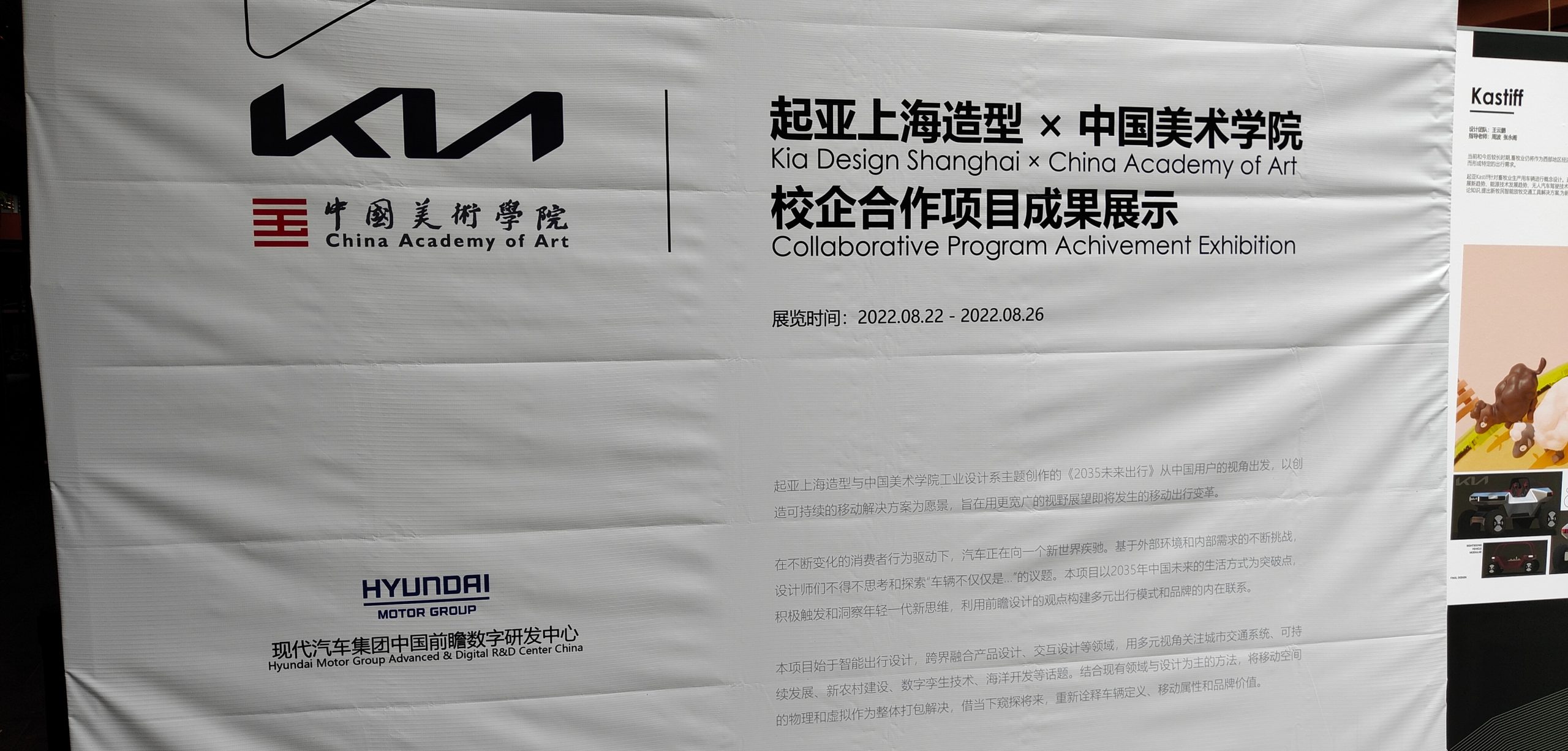Today, we were invited to visit the “2035 Future Travel” design exhibition held by Kia Shanghai Design and China Academy of Art in Hyundai Motor Group’s China Foresight Digital R&D Center.
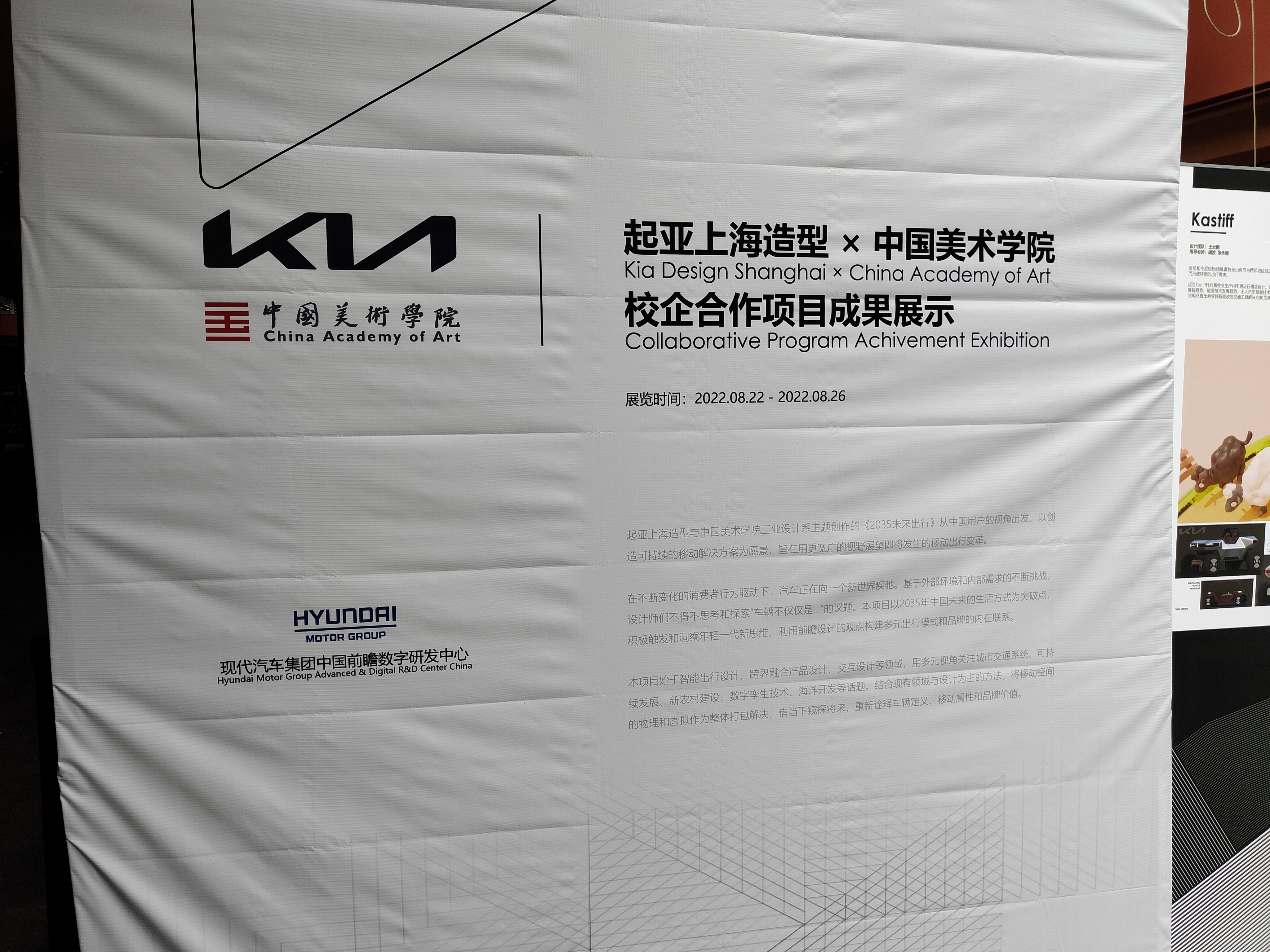
The Hyundai Motor Group’s China Foresight Digital R&D Center is located at The Roof Hengji Xuhui Tiandi, a landmark designed by the famous French architect, Jean Nouvel in Shanghai.
Firstly, the Kia designers showed us several clay models designed in collaboration with China Academy of Art.
The first car “Kastiff” was designed by a designer from Xinjiang. Starting from the needs of western animal husbandry and daily transportation, they designed a vehicle similar to current off-road vehicles. Additionally, since it supports modular assembly, the vehicle can also change its own shape.
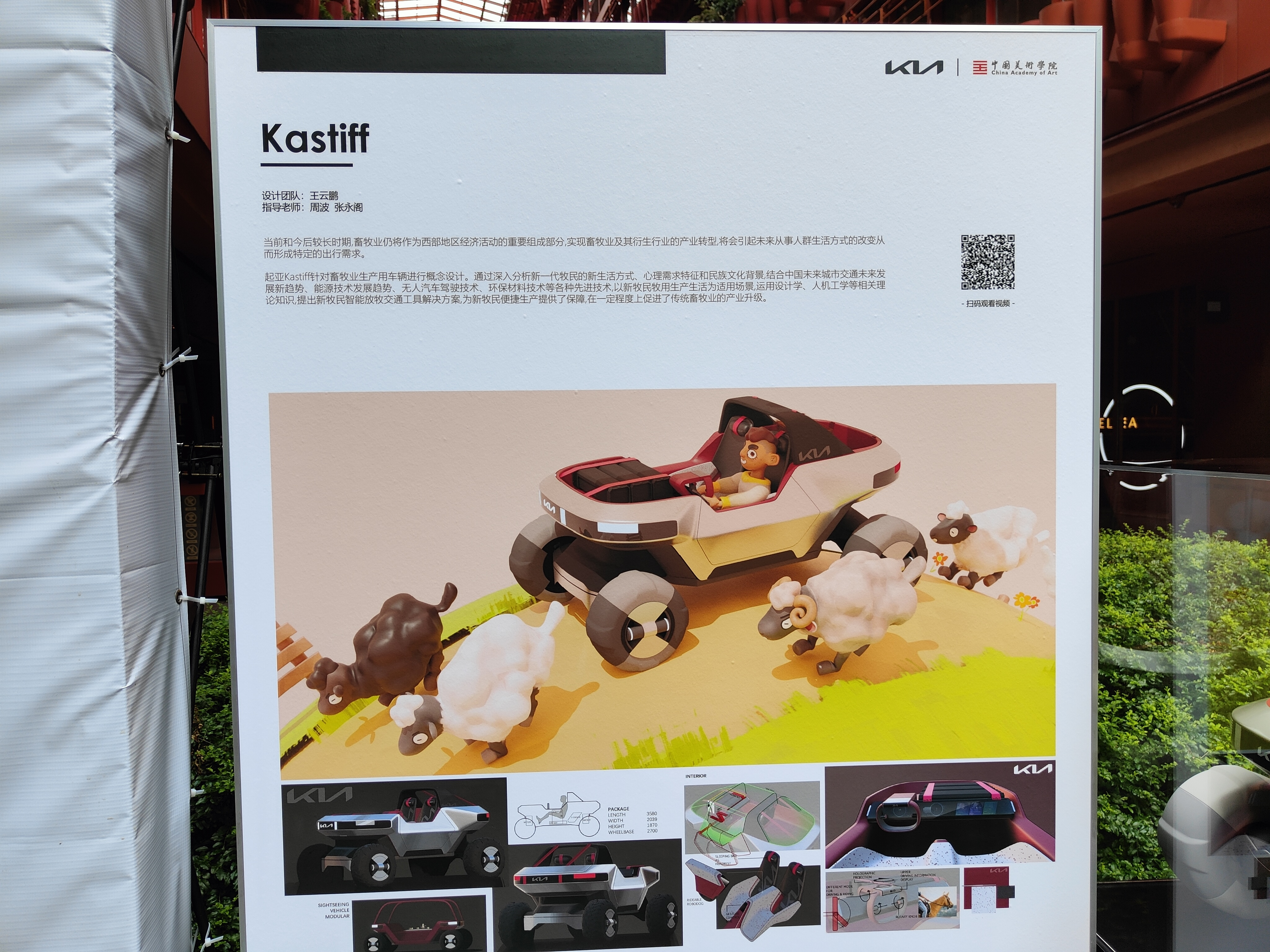
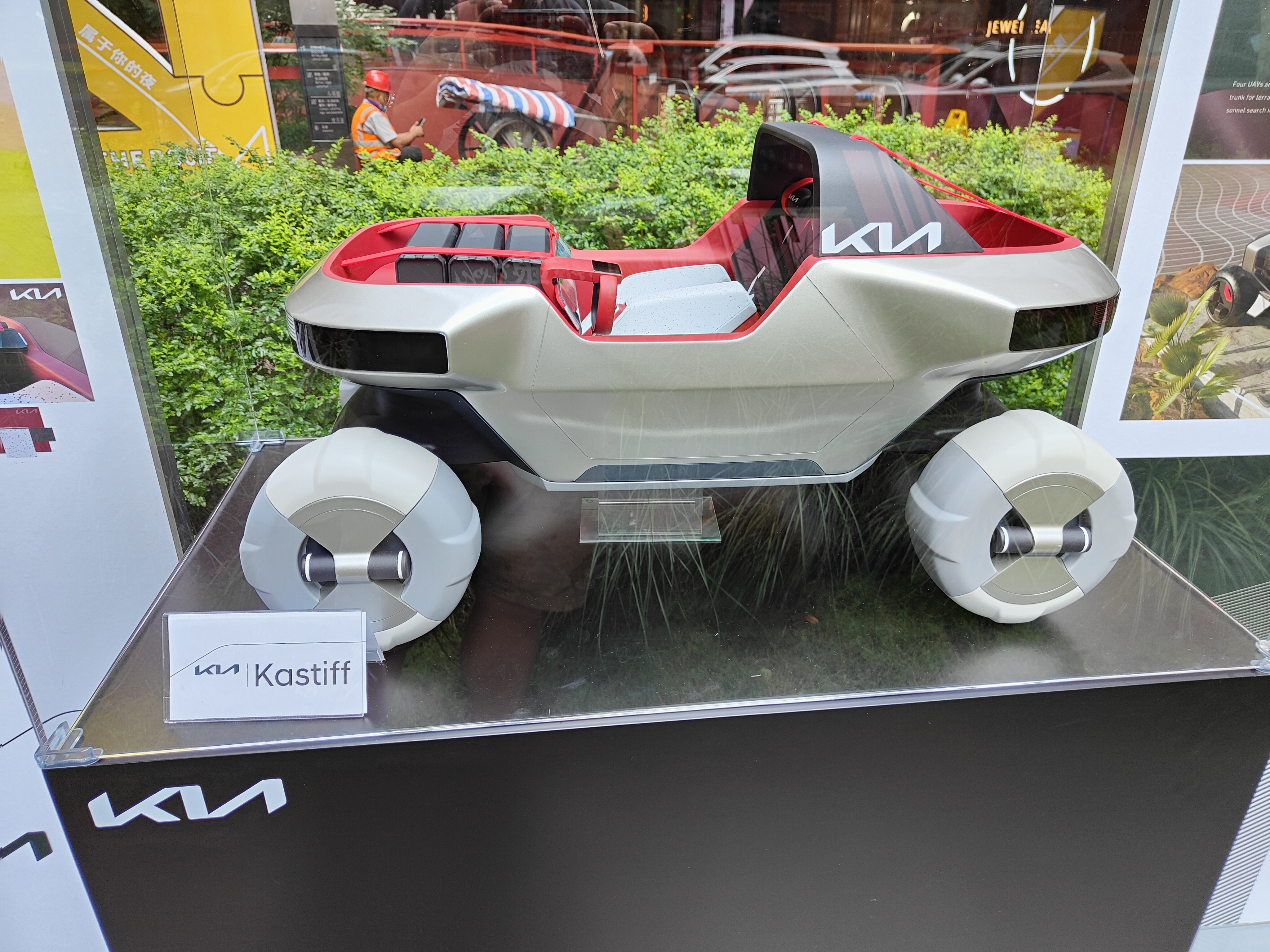
The second car “Yulla” was designed for outdoor exploration and rescue needs. It is an intelligent outdoor rescue vehicle that can not only adapt to different complex terrains, making rescue operations more convenient and efficient, but also can make the best use of the interior space under unmanned driving status due to the adoption of square space.
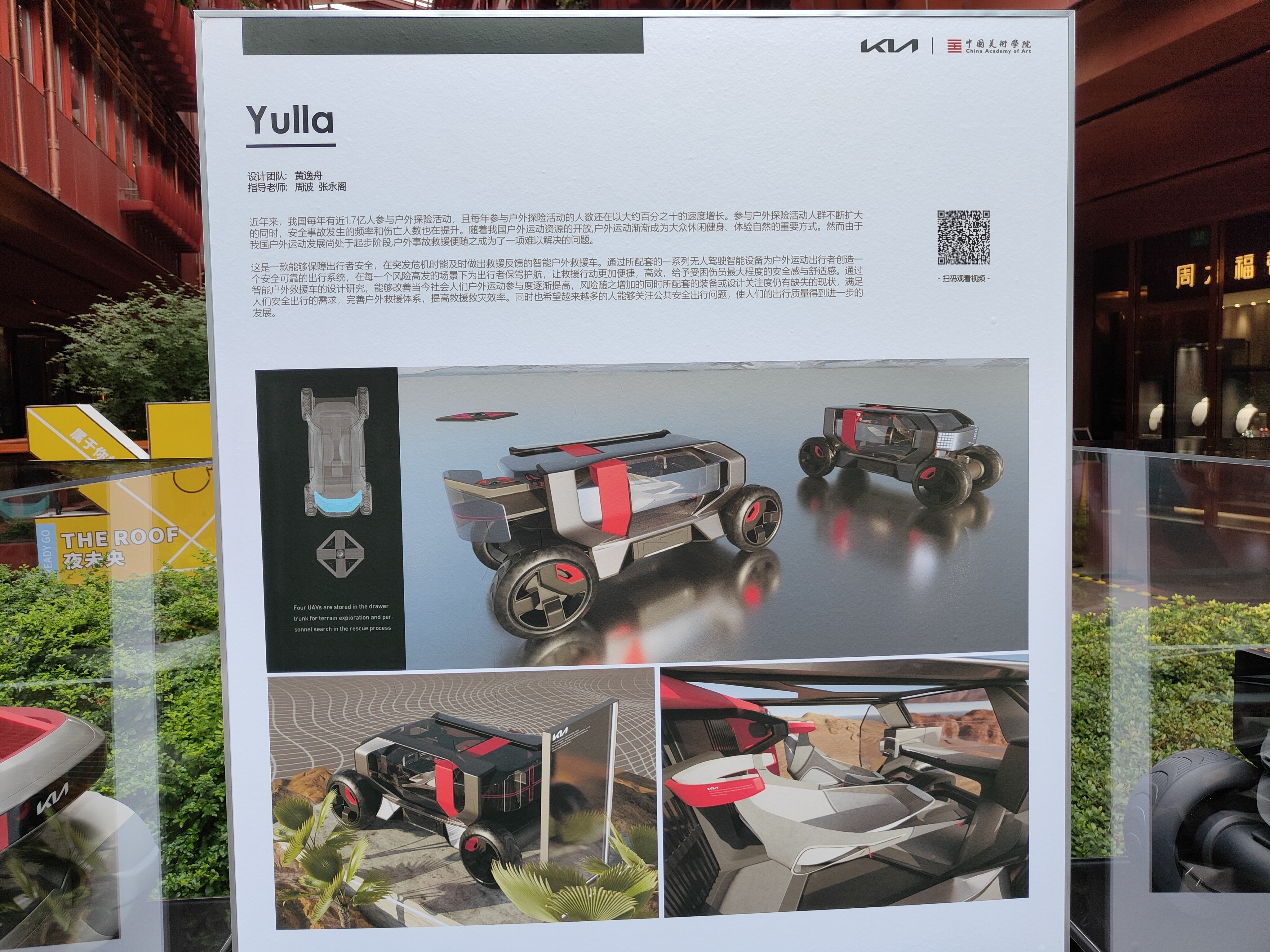
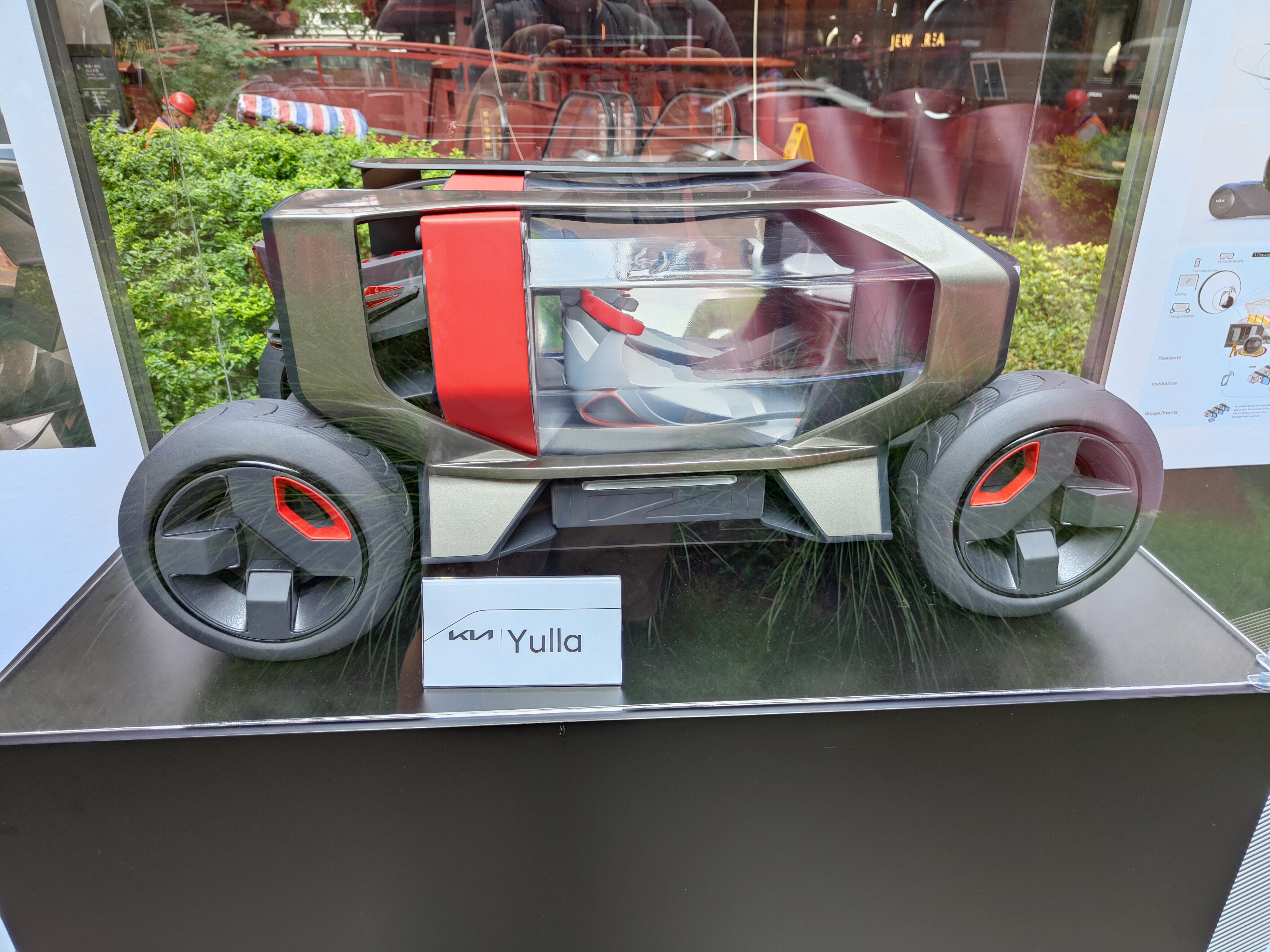
The designers of the third car “Mome” started from the concept of the “metaverse”. The entire vehicle is composed of a spherical cockpit in the upper half and a vehicle chassis in the lower half. Inside the vehicle, people can not only socialize in the virtual world but also have their own independent space.
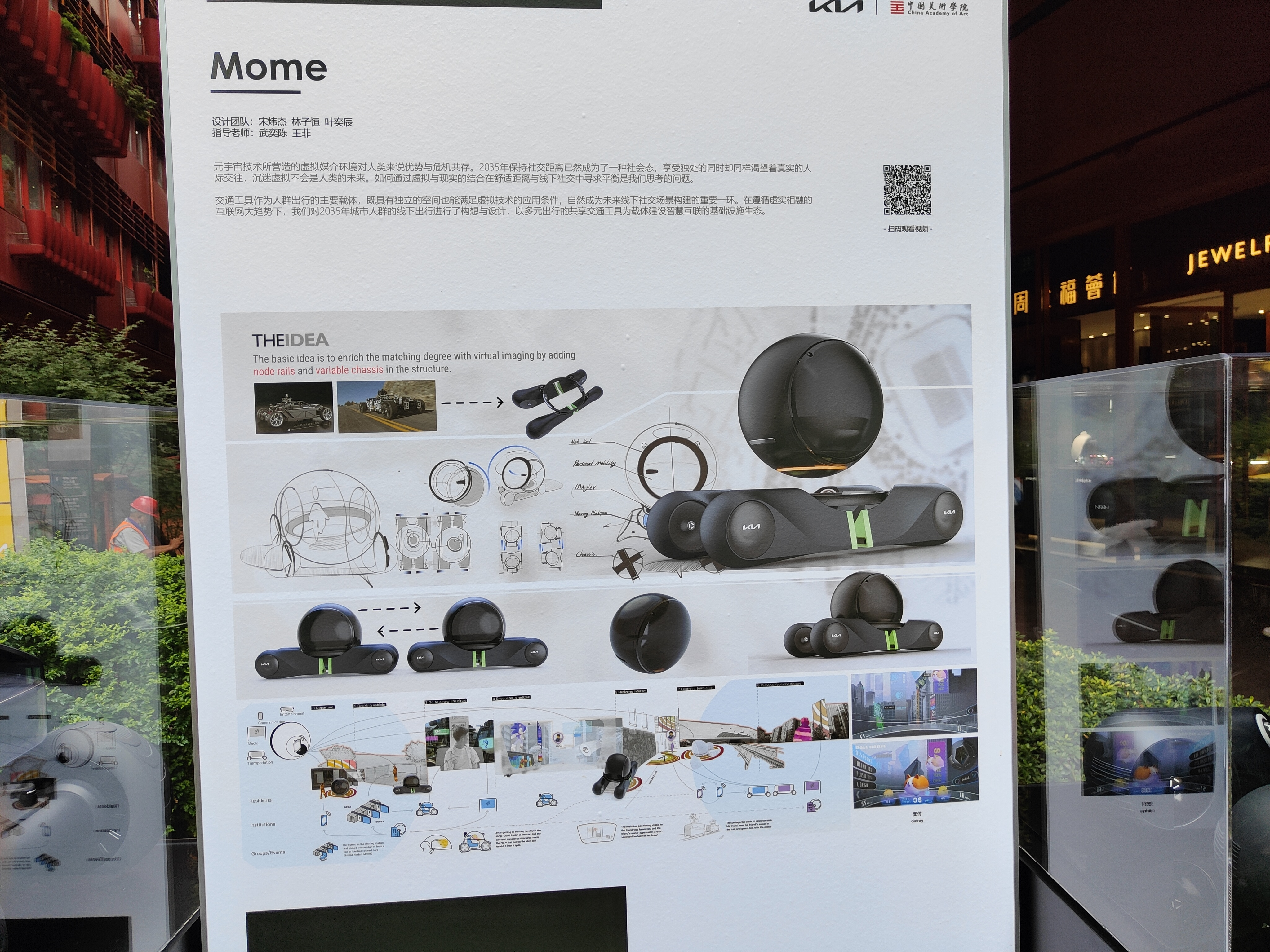
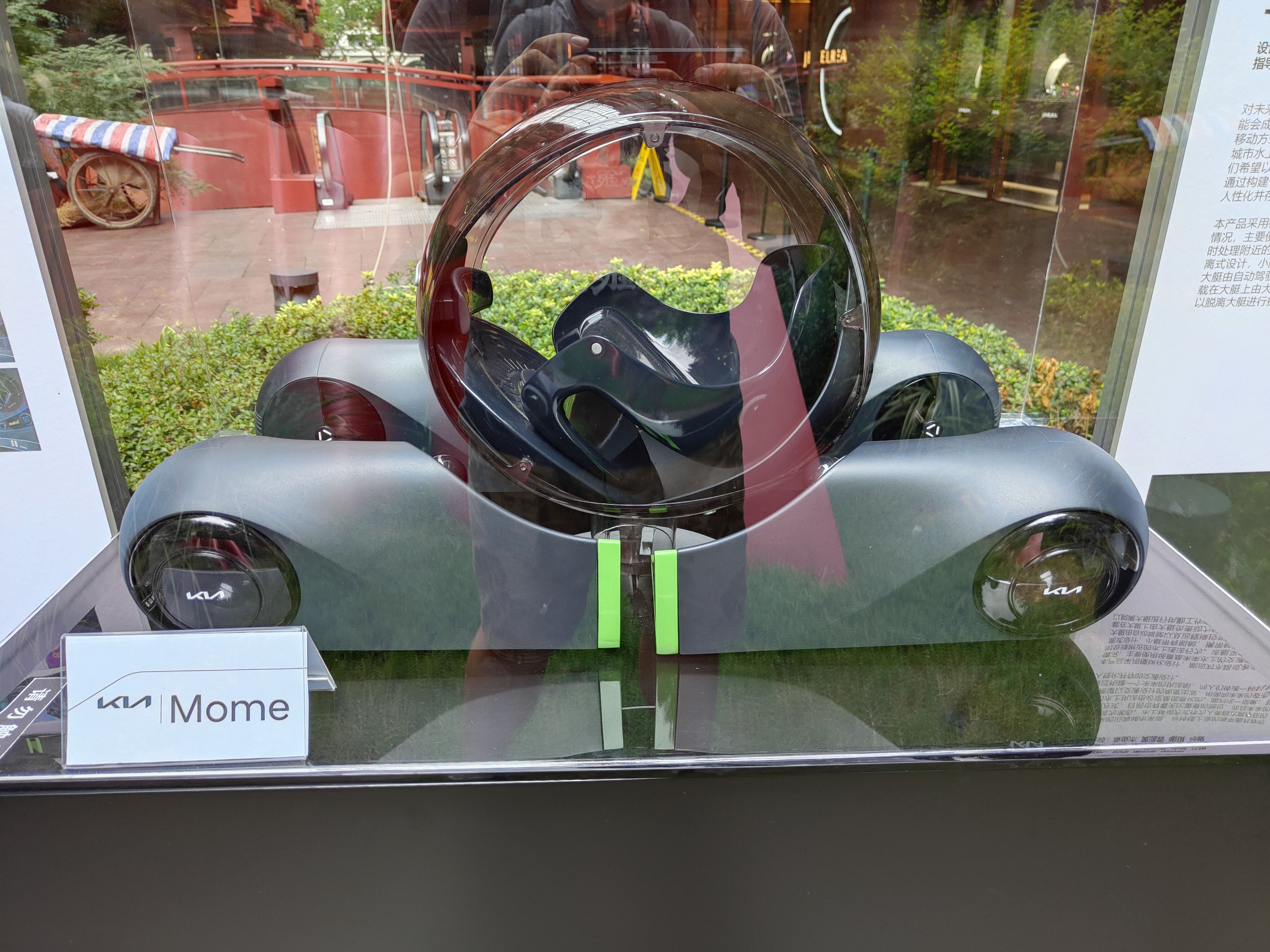 Afterwards, we visited the office space of the design department of Hyundai Motor Group’s forward-looking digital R&D center in China. The entire office area leans toward Nordic design and follows the concepts of openness and comfort. Whether it’s the office area, meeting area, or rest area, it gives people a very modern and relaxed feeling. Unfortunately, since photography is not allowed on-site, we cannot let everyone experience the excellent office environment of the design center.
Afterwards, we visited the office space of the design department of Hyundai Motor Group’s forward-looking digital R&D center in China. The entire office area leans toward Nordic design and follows the concepts of openness and comfort. Whether it’s the office area, meeting area, or rest area, it gives people a very modern and relaxed feeling. Unfortunately, since photography is not allowed on-site, we cannot let everyone experience the excellent office environment of the design center.
Finally, there was a Q&A session with the media, which invited the head of the Hyundai Motor Group’s forward-looking digital R&D center in China and the leader of the design department to answer our questions. The two leaders answered the questions from the media one by one, including future strategies of Hyundai Group, such as focusing heavily on developing electrification and autonomous driving, as well as the functions of each department of the digital R&D center.
The director of the research center also stated that they are currently investing a lot of time in researching the Chinese market. Moreover, since over 90% of the employees at the R&D center are Chinese, they currently have a “very good understanding” of the Chinese market environment.
A Final Note
Compared with domestic and foreign new energy vehicle companies, traditional Korean car companies have gradually fallen behind in the domestic fuel vehicle field over the past two years, and have not made many achievements in electrification.
Hyundai has launched the small electric SUV Ioniq EV, but it was discontinued after only one year. In March 2021, they launched the first new car of their own electric vehicle dedicated platform E-GMP, the Kia EV6, but this car has still not been introduced in China, and it is rumored that it will not be introduced until the end of 2022 at the earliest.
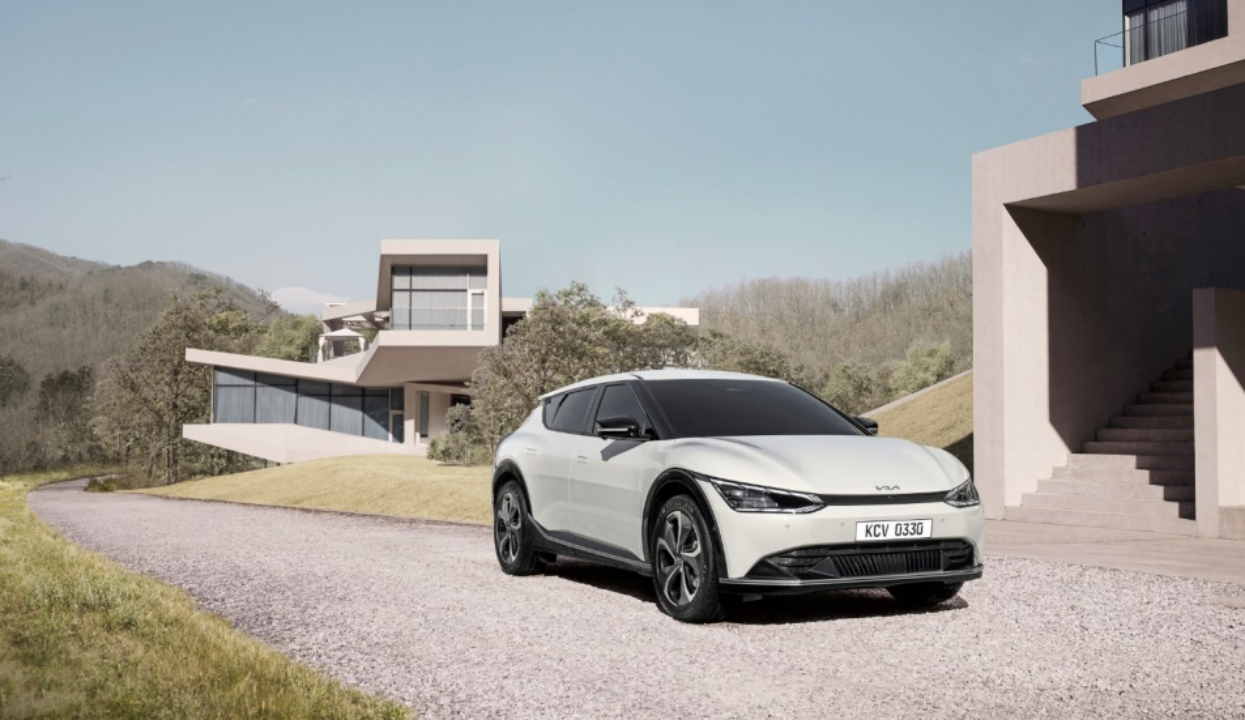
However, today the domestic new energy market has already become a red ocean, and various companies are already gearing up in the second half of the year, already or soon to be launching their strongest models to compete with each other. In such a market environment, time does not seem to be in favor of Hyundai.
This article is a translation by ChatGPT of a Chinese report from 42HOW. If you have any questions about it, please email bd@42how.com.
